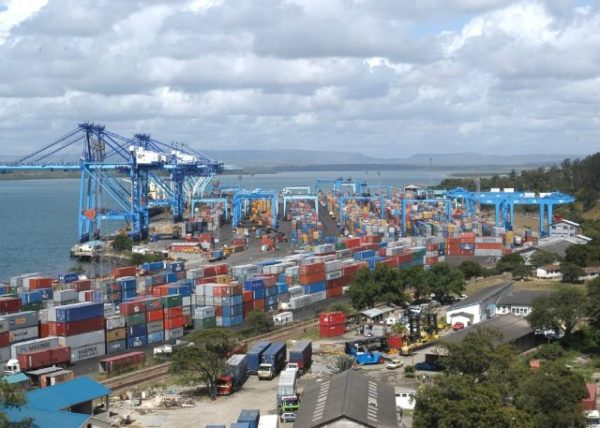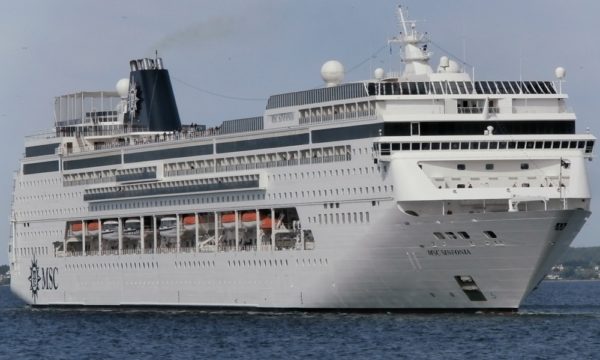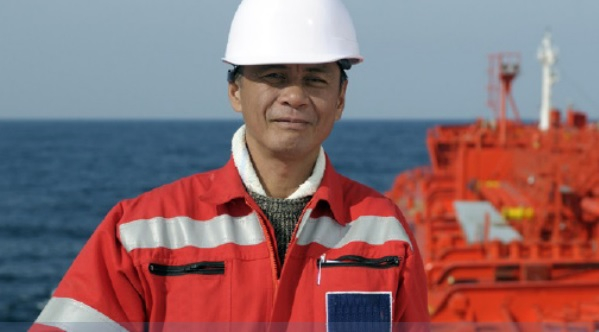 Special for Africa ExPress
Special for Africa ExPress
Andrew Mwangura
Mombasa, 27th April 2019
Deeply vested interests characterized by a campaign of misinformation are hindering the official handing over of the running of KES 27 billion Kipevu Container Terminal to Kenya National Shipping Line (KNSL), which had been scheduled for mid this month.
One key condition for funding the multi-billion three-phase terminal by the Japanese government was that it be operated privately.

Available documents indicate that Kenya Ports Authority would be guaranteed about KES 10 billion for phase one and increase port volumes to about 600,000 Twenty Foot Equivalent Units (TEUs) in the first year of operation.
The deal is expected to create KNSL into a Global Shipping Line lifting about 100,000 TEUs in the first year making it top five (5) of the KPA customers.
KNSL is expected to call about 550 ports in the World as opposed to the current 11 seaports.
The deal shows that MSC will make Mombasa port a hub for her ships to call Mombasa port only while the KNSL will operate feeder services to the rest of the sea ports along the Western Indian Ocean region.

The deal is billed to turn Kenya into a major Maritime labor supplying country.
In the deal the Geneva based Mediterranean Shipping Company (MSC) is expected to employ about 2,000 seafarers per year to a high of about 52,000 in 10 years, or 200,000 seafarers in 15 years.
Based on an average of US$ 1,000 for an Ordinary Sailor per seafarer a month total earning for 2,000 seafarers is expected to be US$24 million.
MCS which owns and operates cruise ships and merchant vessels is expected to bring 40 cruise ships annually at the port of Mombasa hence boost tourism industry in Kenya.
The Geneva based MSC, which is the second largest shipping line at the port of Mombasa and a minority shareholder in Kenya National Shipping Line, bought the KNSL stake during a restructuring exercise in 1999.
Bandari Maritime Academy is also expected to benefit a lot in this deal.
Behind the-scenes lobbying by global operators angling for cargo handling business at the Port of Mombasa has intensified following reports that the State is keen to lease it out.
Smear campaigns by the global port operators through their local agents and the Dock Workers Union are in top gear and they want to paint KNSL as ‘inept’ or unable to run the terminal.
They prefer a concessionaire from outside the country.
Twelve companies were shortlisted to be considered for 25-year concessions in regard to the first phase of the Kipevu Container Terminal.
They include major logistics firms Dubai Port (DP World), China Merchant Holdings and French firm Bollore formerly Transami, that is in a consortium with Toyota Tsusho Corporation.
Others were Hutchison Ports Investment S.A.R.L. in a consortium with Mitsui & Company, Grup Maritim TCB with Mitsubishi Corporation and Freight Fowarders, COSCO Pacific, Carrix and Interperl Investments, International Container Terminal Services Inc, APM Terminals BV, CMA/CGM SA, Terminal Investment Ltd Sa and PSA International Pte with Marubeni Corporation and Multiple Hauliers E.A.
The whole world generally and Kenya in particular needs seafarers not only to facilitate the movement of goods at sea, but also to help reduce the huge unemployment problem in the country.
If the amendment of section 4 and addition of section 4A of the Merchant Shipping Act goes through at the National Assembly, then Kenya will be a major maritime labor supplying country in the world. It is projected that in 15 years, Kenya can have a staggering 200,000 seafarers working on the seagoing merchant vessels.
Certainly, if this is implemented amid the current shortage of labor at seas, seafaring and KMA will become the highest foreign exchange earner for the Country just like it is in the Philippines.
Philippine Overseas Employment Administration (POEA) data showed that there are 367,166 Filipino seafarers with POEA approved contract deployed in 2013.
In 2014, the deployed seafarers brought into that country US$5,575,722,000 as dollar remittances.
The remittances from the sea based sector comprise at least 22% of the total dollar remittances of Overseas Filipino Workers (OFWs).
The seafarer, like other OFWs, is often looked up to as one of today’s heroes, who through the huge remittances in billions of dollars they earn, have propped up the country’s economy.
These remittances help spur domestic consumption in the Philippines and a key ingredient in the country’s drive to achieve higher but sustainable growth.
There are around 280,000 students who graduate from maritime schools every year.

In 1996, it was estimated that there were more than 250,000 Filipino seafarers; in 2013, that number has been estimated to have increased to about 460,000.
Filipinos employed as seamen worldwide are more than those of any other nationality.
In fact, Filipino seafarers comprise more than 25 percent of the 1.5 million mariners worldwide, making them the “single biggest nationality bloc” in the global shipping industry.
The cash sent home by overseas Filipino seafarers through banks breached the $6-billion-mark last year.
Andrew Mwangura
Secretary General
Seafarers Union of Kenya
Somali pirates released Indian hostages after 4 years of captivity
